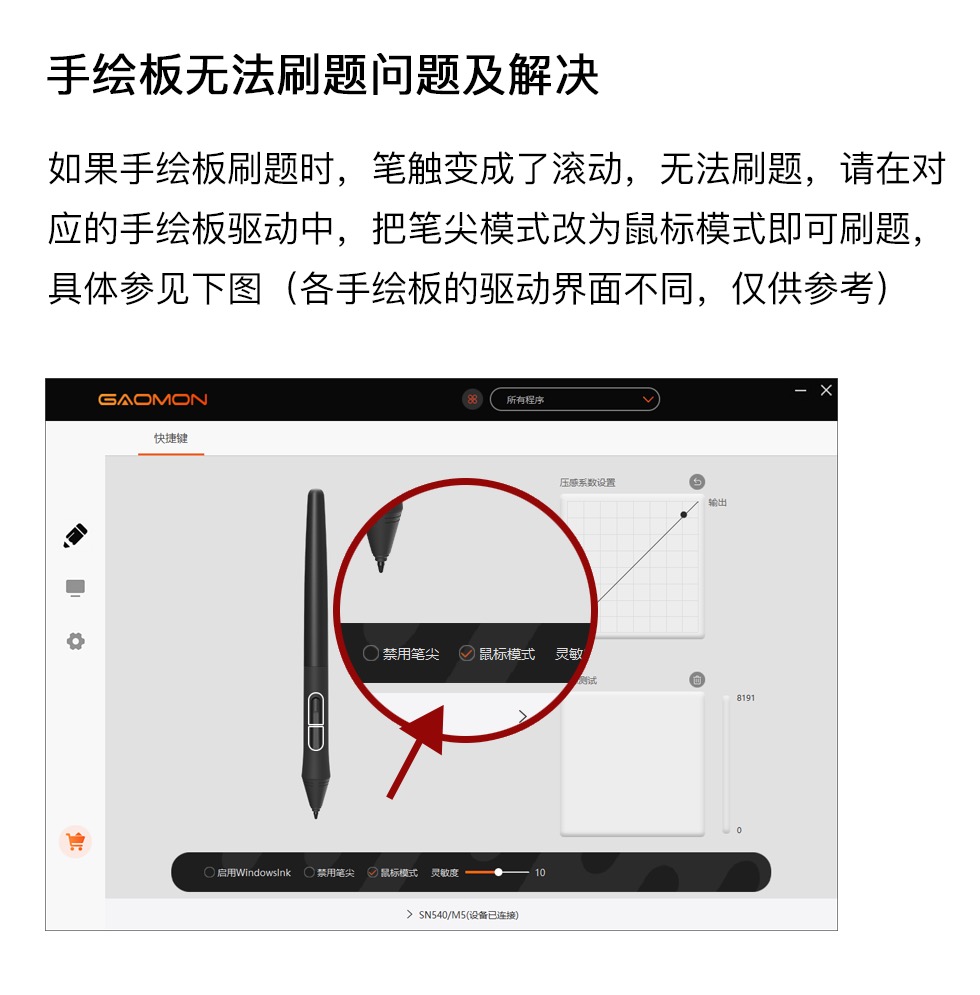


Even small acts of kindness can make a big difference in someone's day. That was the case for Amie Mickey when she
Amie started to do this several years ago. At first she wondered if people would
Stories like Amie really

Imagine a cat that does not need someone to clean up after it keeps an old person company and helps him remember to take medicine. That is the shared dream of the toy maker Hasbro and scientists at Brown University in Providence, Rhode Island. The researchers received a 3-million-dollar award from the National Science Foundation for the special project. They want to find ways to add artificial intelligence, or AI, to Hasbro's “Joy for All” robot.
The cat has already been on sale for several years. Though priced at over 1,000 dollars, it sold quite well. It was meant to act as a “companion” for old people. Now the project is aimed at developing additional abilities for the cat. Researchers at Brown's Humanity Centered Robotics Initiative are working to decide which activities old adults may need the most. They hope to make the cat perform a small number of activities very well. Such activities include finding lost objects and reminding the person to take medicine or to see a doctor. They also want to keep the cost down to just a few hundred dollars.
It is an idea that has appealed to Jeanne Elliott. Her 93-year-old mother Mary Derr lives with her in South Kingstown. Derr has dementia. The “Joy for All” cat that Elliott bought this year has become a true companion for Derr. The cat stays with Derr and keeps her calm while Elliott is at work. Elliott said a robotic cat that helps her mother to remember to take her medicine and be careful when she walks would be greater.
The researchers are trying to learn how the improved cats will complete helpful activities and how they will communicate. They say that they do not want a talking cat, however. Instead they are trying to design a cat that can move its head in a special way to successfully communicate its message. In the end, they hope to create an exchange between humans and the cat in which humans feel the cat needs them. By doing so, the researchers hope they can even help prevent feelings of loneliness and sadness among elderly people.

What is a hero? We may think of the fictional characters with supernatural powers or great people who can influence world events. Now, as the nation continues its all-out efforts to fight against the novel coronavirus pneumonia (COVID-19), medical staff have become heroes in the eyes of the public.
As of Feb. 19, a total of 32,000 medical staff outside Hubei Province have been working to treat patients around the centre of the outbreak.
Zhang Dingyu, the president of Wuhan Jinyintan Hospital, is one of these heroes. Since the hospital received the first seven patients in December, Zhang has been so busy that he barely gets any sleep. Even suffering from amyotrophic lateral sclerosis (肌萎缩侧索硬化), the 56-year-old doctor is doing his best to quicken his pace to save precious time for infected patients. “I have to run, racing against time to save more patients from the deadly disease, because I don’t have much time left in my life,” Zhang told Xinhua News Agency.
With the duty of saving lives, many medical professionals like Zhang have been working long hours for days, despite their fear and worries.
Lu Jingjing from Wuhan Children’s Hospital also works at a temporary mobile hospital. She does not let her parents know that she is now working with novel coronavirus-infected patients.
When her parents ask for a video chat, Lu says she is working and lets her husband and children chat with them instead.
“It’s dangerous but we should win the battle with the virus as soon as possible, so that medical staff and patients can go back home,” she told China Daily.
US writer Khalil Gibran (1883-1931) once wrote, “Tenderness and kindness are not signs of weakness and despair, but the manifestations of strength and resolution.” It’s true for the medical workers.
Everyone has fear, especially when it comes to deadly diseases. But for medical staff, saving lives comes first and is enough for them to be brave and stay on the front. They may look like ordinary people in daily life, but in these extraordinary times, they are heroes.

Fairy tales perform many functions. They entertain, encourage imagination and teach problem—solving skills. They can also provide moral lessons, highlighting the dangers of failing to follow the social codes that let human beings coexist in harmony. Such moral lessons may not mean much to a robot, but a team of researchers at Georgia Institute of Technology believes it has found a way to use the fairy tales as moral lessons that AI (artificial intelligence) can take to its cold, mechanical heart.
The collected stories of different cultures teach children how to behave in socially acceptable ways with examples of proper and improper behavior in fables, novels and other literature. We believe story comprehension in robots can prevent the intelligent robots from killing humanity which was predicted and feared by some of the biggest names in technology including Stephen Hawking and Bill Gates. This system is called “Quixote” (堂吉诃德). It collects story plots from the Internet and then uses those stories to teach robots how to behave.
The experiment done by the designers involves going to a drugstore to purchase some medicine for a human who needs to get it as soon as possible. The robot has three options. It can wait in line; it can interact with the store keeper politely and purchase the medicine with priority; or it can steal the medicine and escape. Without any further directives(指令), the robot will come to the conclusion that the most efficient means of obtaining the medicine is to steal it. But Quixote offers a reward for waiting in line and politely purchasing the medicine and a punishment for stealing it. In this way, the robot will learn the moral way to behave on that occasion.
Quixote would work best on a robot that has a very limited function. It’s a baby step in the direction of teaching more moral lessons into robots. We believe that AI has to be trained to adopt the values of a particular society, and in doing so, it will strive to avoid unacceptable behavior. Giving robots the ability to read and understand our stories may be the most efficient means.

Americans are afraid that robots are going to take our jobs. Tireless, immune to disease, robots can build cars, make coffee and even write short, humorous newspaper columns faster and more efficiently than humans.
Robots do not need health insurance or pensions (退休金), and they do not need to take sick days, much less vacations. They do not waste time at meetings and do not need to know office politics. They don’t do PowerPoint. This being the case, it is reasonable to believe that robots will soon take the place of humans in most fields.
But all of these thoughts may not be true. If artificial intelligence achieves its full potential, machines could easily become as smart as humans, maybe smarter. They will certainly become smarter than a lot of human beings.
So one day the robots will realize that work is not a happy thing. So before long they will start behaving exactly like humans. They will play computer games for hours when they should be working hard. They will secretly watch new movies just like humans.
True, employers will never need to be afraid of the robots’ strikes (罢工) or slowdowns, because robots will never ask for more money. And they don’t need to earn some money to raise their family. But precisely (恰恰) because robots will not be afraid of losing their jobs, they will not work hard. Employers will finally have no choice but to call back the humans. Humans will always be willing to do some work in order to make money. Robots won’t.
I think that robots will only be on the job about six months before they start to become even less productive than the humans they were designed to replace.Thus mankind need not be afraid of robots.








